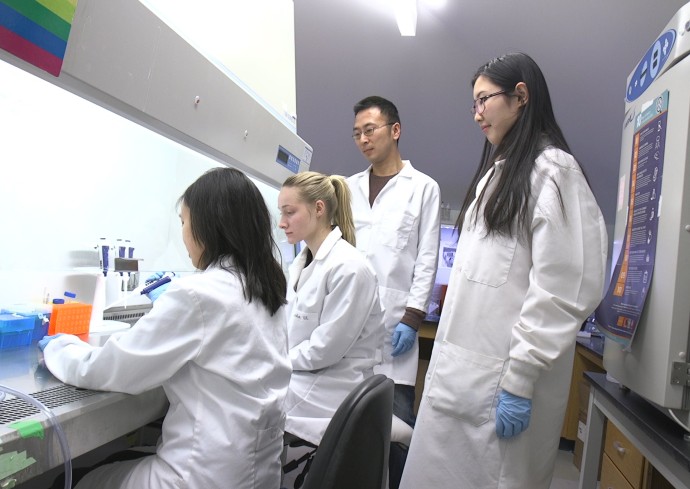Student Innovations Shine at 2025 Invent@SU Presentations
Eight teams of engineering students presented designs for original devices to industry experts and investors at Invent@SU Final Presentations. This six-week summer program allows students to design, prototype and pitch their inventions to judges. During the program, students learn about…


 Zhen Ma, professor of biomedical and chemical engineering, and his research team—in conjunction with Professors Kevin E. Healy and Costas P. Grigoropoulos at the University of California, Berkeley—have developed a 3D cardiac microtissue model that allows for more realistic variations by cardiac cells. This research
Zhen Ma, professor of biomedical and chemical engineering, and his research team—in conjunction with Professors Kevin E. Healy and Costas P. Grigoropoulos at the University of California, Berkeley—have developed a 3D cardiac microtissue model that allows for more realistic variations by cardiac cells. This research